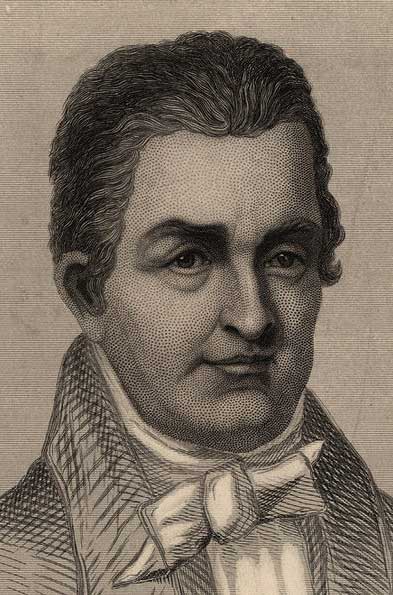Evans, Oliver

Evans, Oliver (1755-1819) Inventor: Oliver Evans was born in Newport, Delaware, and was apprenticed to a wheelwright as a child. Before he reached adulthood, he became intrigued by the idea of constructing a land vehicle than could be propelled without animal power. When he was twenty-two, he invented a machine to make card-teeth. Two years later, he went into business with his brothers, who were millers. Soon he invented the elevator, the conveyer, the drill, the hopper-boy and the descender. These inventions revolutionized the way in which a water-powered flour mill could be constructed. In 1786-87, Evans received the exclusive right, from the Maryland and Pennsylvania Legislatures, to apply his inventions to flour mills. Maryland also gave him similar rights to use his inventions on the construction of a steam carriage. He obtained a patent on his steam engine, which was different from the steam engines in use at the time. Evan's steam engine was based on the principle of high pressure. In 1803-04, the Board of Health of Philadelphia ordered Evans to construct a steam-dredging machine, the first to he used in America. Evans called the machine, "Orukter Amphibolos"; and it propelled itself a mile and a half. This is believed to be the first time steam-engine technology was applied to land vehicles. In 1805, he published "The Young Engineer's Guide." Evans even predicted that steam-propelled carriages would be set up on railways of wood or iron, and suggested the construction of a railroad between New York and Philadelphia. His limited means prevented him from following through with his mechanical experiments. Evans died on April 21, 1819, in New York City.
